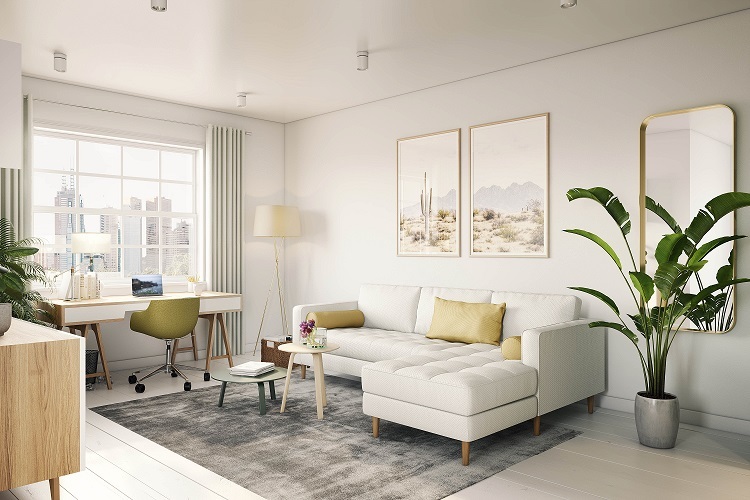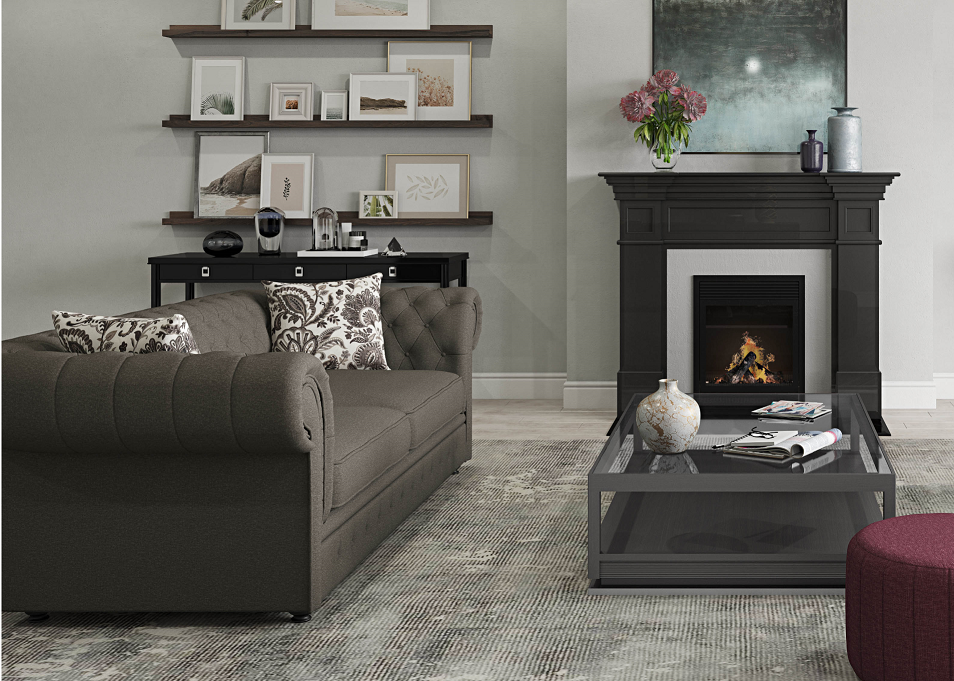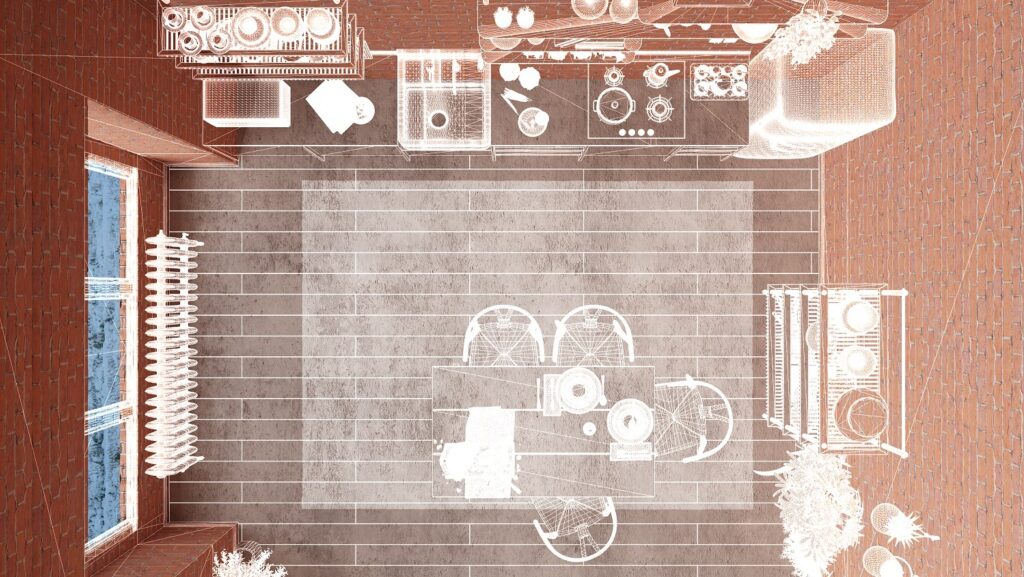Why architects and interior designers should care about digital visualisation
Digital visualisation is a fascinating technological development in the world of interior design and architecture. But what is it, exactly? And how can digital visualisation save time and money for interior decoration firms of all sizes?
And why are we talking about it now? Keep reading, all will be revealed.
What is 3D digital visualisation?
3D Visualisation (also known as 3D rendering, 3D graphics or computer-generated images) is the art of creating three-dimensional models. These can be of figures, landscapes, and more: including architectural designs and interior layouts.
The implications of this have wide-ranging opportunities for the architectural design industry. Previously architects and interior designers were dependent on precise and time-consuming illustrations, physical modelling and technical drawings to clarify concepts and schemes to clients.

3D digital visualisation is transforming the world of interior design and architecture, as 3D graphics artists produce 3D renderings of buildings and interiors.
Wait. What is a 3D render?
3D rendering is the process of converting these 3D models into 2D images on a computer. For the interior design industry, the photorealistic quality of these images is incredibly important.
This is because these 3D renderings offer clients an exact representation of the interior sketches and design plans.
Is your mind blown yet?
This is not another tech trend that looks promising and then bursts to reveal nothing but hot air.

This technique of presenting proposals is growing insanely popular because it makes ideas and concepts relatable in ways they never have been before.
This simplification of idea exchange saves designers and their clients both money and time by streamlining construction and renovation projects.
With our new venture, Twinbru, we are setting the industry standard for digital fabrics by creating digital renders of them that actually match our own fabrics. Yes, that includes FibreGuard fabrics.
If clients want to make changes to plans, or if issues crop up during construction, the changes can be made very easily by the 3D designers. Before this technology, entire schemas would have to be redrawn by hand, which was, and still is, a time-consuming process.
Combined with VR & AR
Another powerhouse feature of 3D visualisation fires up when used in combination with virtual reality and augmented reality. Now, in combination with virtual reality and augmented reality, prospective clients can even walk around inside the 3D renderings of designs using VR goggles.
Read: Digital fabrics and the future of the textiles industry
What this technology can do for sales is just as important as the technology itself
We wrote earlier that digital visualisation methods aren’t just a new fad with no real substance. Companies across industries are using these techniques right now, from furniture manufacturers to interior designers to contract architects and more, in order to save costs and sell more products and services.

It’s the democratisation of design.
The biggest limitation to sustainable product design and manufacturing may be our imagination. What can you imagine?
